In our noisy world we are constantly bombarded by infinite ways to be distracted. We're are asked to stay connected all the time and to make room for introspection. We're asked to be fit and to carve time to restore and relax. We are asked to be mindful and to multitask. And that is just my inbox today. No wonder it's very easy to live in a constant state of confusion.
It doesn't have to be that way.
Instagram @eduardolifegram
As I savor my green smoothie this morning, I'm thinking of the power of committing yourself to a single actionable goal. You see, a few years ago I was having a hard time eating breakfast consistently and now for over a year, I have eaten a nutritious breakfast every single day. As I type I can feel the nourishing Prana (life force) of my green smoothie hitting my veins and I'm reminded of an important life lesson that is often ignored: if you commit to an action rather than thinking about a desire, you actually get to experience your intention.
The mistake we all make.
As soon as I began my yoga journey, I learned about setting intentions. Simplified, your intentions are the energetic starting points for your goals. If you come to my yoga class, as I learned it from my yoga teachers, I'll ask you at the beginning to center yourself and then set an intention. The intention usually reveals itself naturally and in a simple form: "I will breath fully," "I will be strong," or "I will feel peace." Whether in a yoga class or not, intentions are the seeds for our desired outcomes.
For example from my intention to "feeling nourished," I arrived to my goal of "eating breakfast." I really wanted to honor my intention so I would think about "feeling nourished" every day. Thinking about my intention did bring me to eat breakfast, sometimes. I figured my spirit would guide my consciousness and it would unveil how breakfast would happen. This resulted in zero progress and lots of self-disappointment. Finally, I changed my strategy, I committed to plan my breakfasts for a week ahead of time. I made the commitment by braking down my goal into small actions. I studied options that would work for me. I started focusing on the daily tasks that would make me eat breakfast till things aligned with my intention.
My mistake was that I assumed that because I wanted to eat breakfast to honor my intention, I would end up getting a desirable result. That wanting to do something was enough.
How often do you do this in your own life?
We often think about our intentions without committing to goals . And if we have goals, we think about them without breaking them into specific actions. The bottom line is that without an action we won't experience our intention. We want to "be of service" without committing our time and talents to helping others. We want to "feel strong" without considering what part of our body we want to focus on and what exercises we'll be doing. We wish to be "more creative," but we never work or finish a particular project. In other words, we don't commit to a specific goal: a goal with tasks and a time frame.
Specific Actions Lead to Direction
All those intentions we set for ourselves will point us to important, but broad questions "what should I do with my life?" or "will I learn what love is?" or "how is God guiding me right now?" Very important questions in our spiritual quest but non of these questions will clarify our next step.
When you commit to action driven goals, these are easy to break into tasks and then the steps are clearer to follow. You want to eat a nutritive breakfast tomorrow morning? Next step: what will constitute a nutritive breakfast? So you found out what you want to eat? Next step: do you have the ingredients at home or do you need to stop at the market? OK, you got the ingredients? Next Step: how long will take you to prepare breakfast? At what time do you need to wake up? etc., etc.
Your intentions are important as a way to honor your deeper self, but if you only concentrate in your vague desires vs. specific goals, you'll end up confused and frustrated.
Once you begin to commit to specific actions that work towards your goals, these will inform you of your next step and then the next, etc.
So often, we avoid formulating a specific goal out of fear that we aren't sure if this goal will align with our intentions. We somehow forget that we can always change our mind later on.
This is perhaps the miracle about committing to a specific goal: if you concentrate in the actions to achieve your goals and not the goal itself, then you’ll begin to thrive and achieve something greater than you ever imagined.
Commit to something and begin it now.
Once you fully decide to start, to paraphrase Pablo Coelho, the universe will find ways to help you finish.
-
I just posted in my blog Rejuvenating Drink (Almond Rose Oja Drink) https://t.co/V1mhgQDaN6
-
I just posted in my blog Is your TECH Neck causing havoc in your life? https://t.co/Ji61rtzJex
-
I just posted in my blog The Deal with Low Back and Sciatica https://t.co/g0KsPdmyYr
-
[CORRECTION] - Roll+Restore @Abhaya October 26, 2019 - https://t.co/DN4MfXqndm
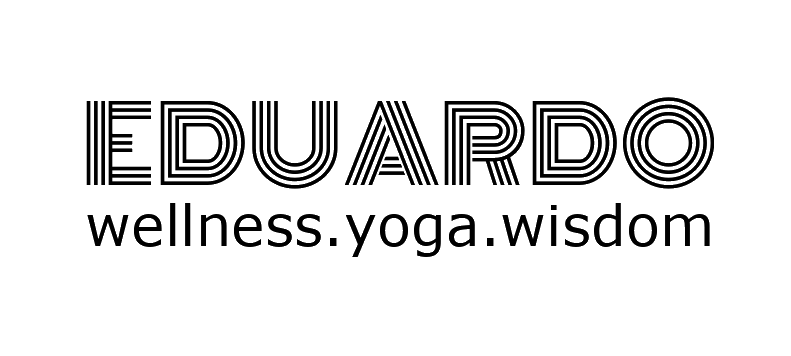



 In all my studies of anatomy, philosophy, design and yoga there is the common thread of observing nature's pulsation. This idea of contraction and expansion permeates our surroundings, our bodies, our minds and spirits. When we are able to tab, connect, ride, touch or pulsate with the overarching pulsation of God, then we experience an authentic life that moves us closer to the sweetest experience of life itself. I found this poem by
In all my studies of anatomy, philosophy, design and yoga there is the common thread of observing nature's pulsation. This idea of contraction and expansion permeates our surroundings, our bodies, our minds and spirits. When we are able to tab, connect, ride, touch or pulsate with the overarching pulsation of God, then we experience an authentic life that moves us closer to the sweetest experience of life itself. I found this poem by 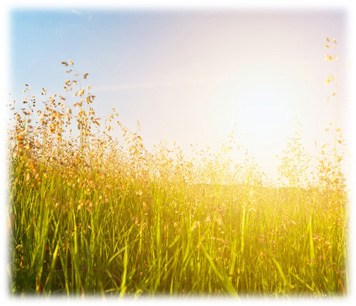 As we walk in our Yoga Practice inevitable we'll encounter the path of Meditation and even though I believe that no one can teach you meditation; I do believe that there are tools that can help you find it and that there are great teachers that can guide you with these tools.
As we walk in our Yoga Practice inevitable we'll encounter the path of Meditation and even though I believe that no one can teach you meditation; I do believe that there are tools that can help you find it and that there are great teachers that can guide you with these tools. During the stormy transition from Summer into Fall, I can feel a bit uprooted. Whenever this feeling of being disconnected from the present arrives, I try to stay focus on what is happening inside. Yoga and meditation are a perfect way to stay rooted. And as an aid to help me stay connected, I use
During the stormy transition from Summer into Fall, I can feel a bit uprooted. Whenever this feeling of being disconnected from the present arrives, I try to stay focus on what is happening inside. Yoga and meditation are a perfect way to stay rooted. And as an aid to help me stay connected, I use 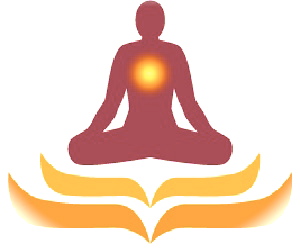 I am not one to ignore messages from the Universe; and this week the message was loud and clear: BREATH. I was teaching a twists-focus class this week; as I taught, I swear, I saw my students twisting and the image of a twirling cloud came to my mind. Next thing I know I am at the wonderful
I am not one to ignore messages from the Universe; and this week the message was loud and clear: BREATH. I was teaching a twists-focus class this week; as I taught, I swear, I saw my students twisting and the image of a twirling cloud came to my mind. Next thing I know I am at the wonderful 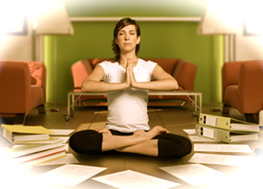 Saucha is one of the observances of
Saucha is one of the observances of 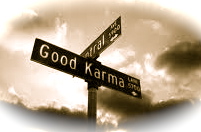 I was browsing through my YJ (
I was browsing through my YJ (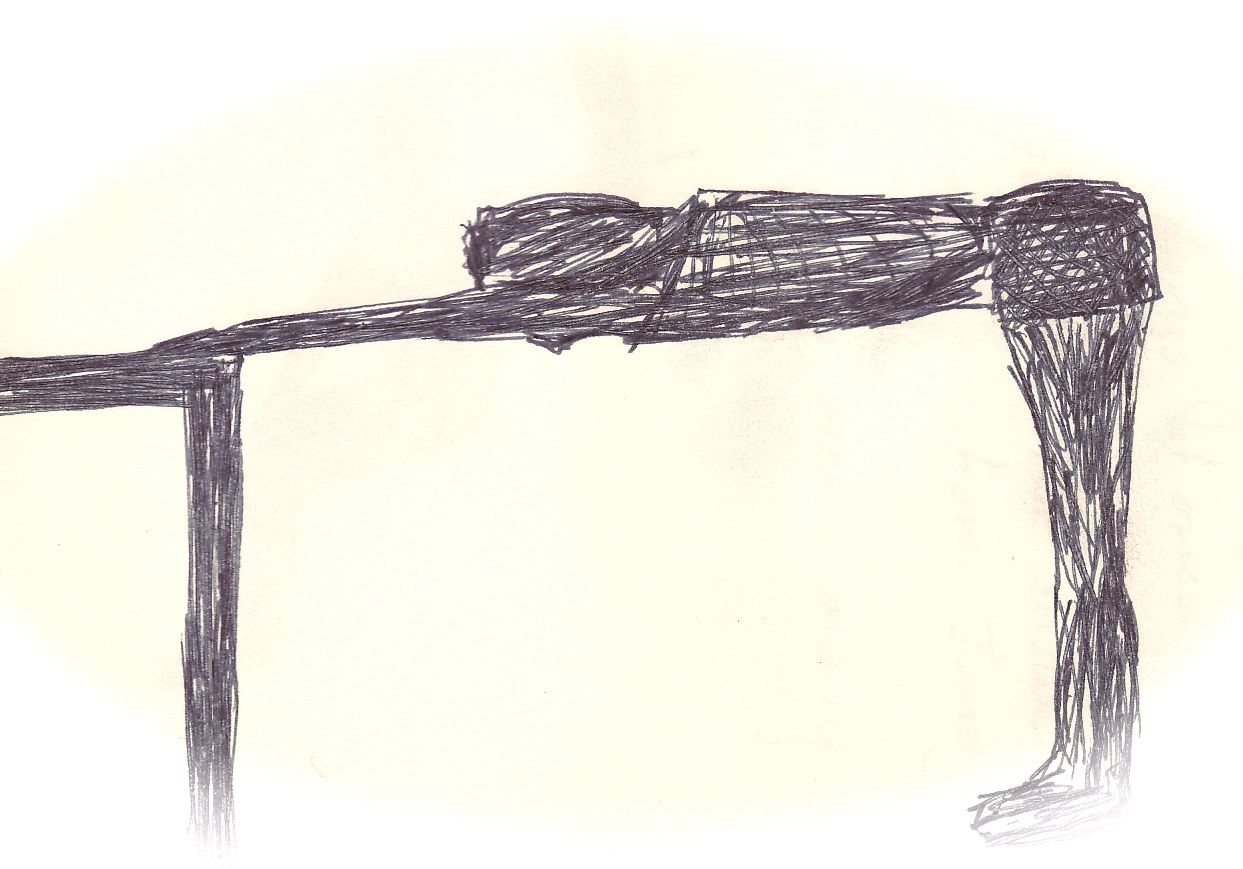 It's three o'clock and it seems that your day at the office is just starting. It's one of those days when coffee alone is not going to cut it. If there were only a way to remove fatigue and revitalize your afternoon. But wait there is such a thing:
AH-doh MOO-kah shvah-NAHS-anna)
adho = downward
mukha = face
svana = dog
It's three o'clock and it seems that your day at the office is just starting. It's one of those days when coffee alone is not going to cut it. If there were only a way to remove fatigue and revitalize your afternoon. But wait there is such a thing:
AH-doh MOO-kah shvah-NAHS-anna)
adho = downward
mukha = face
svana = dog Facing the desk stand with the feet a bit wider than hip distance apart; 8" to 12 " apart. Feet are parallel to each other. Begin to inhale and exhale through your nose, allowing the inner body to stay bright and your skin softens. Keep this breath throughout the pose. Uji breathing if you know it. [Stand on the side of your desk that offers more space.]
Facing the desk stand with the feet a bit wider than hip distance apart; 8" to 12 " apart. Feet are parallel to each other. Begin to inhale and exhale through your nose, allowing the inner body to stay bright and your skin softens. Keep this breath throughout the pose. Uji breathing if you know it. [Stand on the side of your desk that offers more space.] Bent your knees a little bit and place the palms of your hands on the desk. Spread your palms, index fingers parallel or slightly turned out. Keeping the palms of your hands firmly pressed on the desk, begin to walk backwards away from the desk till you create an L shape with your torso and legs (see sketch). Keep breathing into your back body, particularly in the kidney area, so that you feel your lower ribs integrated into your body.
Bent your knees a little bit and place the palms of your hands on the desk. Spread your palms, index fingers parallel or slightly turned out. Keeping the palms of your hands firmly pressed on the desk, begin to walk backwards away from the desk till you create an L shape with your torso and legs (see sketch). Keep breathing into your back body, particularly in the kidney area, so that you feel your lower ribs integrated into your body. Then with an exhalation, push your top thighs back and stretch your leg bones down toward the floor. Straighten your knees but be sure not to lock them.
Then with an exhalation, push your top thighs back and stretch your leg bones down toward the floor. Straighten your knees but be sure not to lock them. Firm the outer arms and press the bases of the index fingers actively into the desktop. From these two points lift along your inner arms from the wrists to the tops of the shoulders. Firm your shoulder blades against your back, then widen them and draw them toward the tailbone. Keep the head between the upper arms; don't let it hang. Can you keep the heart soft? Imagine the heart as a drop of melted chocolate dropping down towards the floor! Enjoy the pose for a minute or two.
Firm the outer arms and press the bases of the index fingers actively into the desktop. From these two points lift along your inner arms from the wrists to the tops of the shoulders. Firm your shoulder blades against your back, then widen them and draw them toward the tailbone. Keep the head between the upper arms; don't let it hang. Can you keep the heart soft? Imagine the heart as a drop of melted chocolate dropping down towards the floor! Enjoy the pose for a minute or two. When you are ready to come out of the pose, you can bend your knees and walk forward till you are standing again. If you have extra time you can add to this down dog some other
When you are ready to come out of the pose, you can bend your knees and walk forward till you are standing again. If you have extra time you can add to this down dog some other 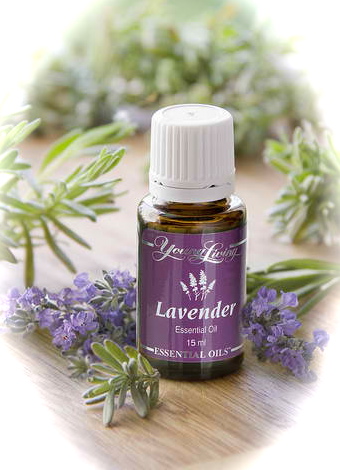 Chances are that if you have been around me in the last several years, you have come in contact with my
Chances are that if you have been around me in the last several years, you have come in contact with my 
